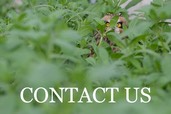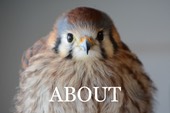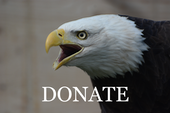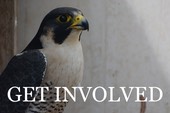Another Rough Week for the Birds
Mother Nature and humans continue to provide challenges to wildlife and BMW. This week brought seven more raptors: two Cooper’s Hawks, four Red-tailed Hawks (for a total of 21 in 2017) and a Bald Eagle, as well as a Robin who hit a window. The Robin is doing very well.
Red-tailed Hawk 17-063

Red-tailed Hawks are designed to catch ground quarry like rodents. They are not quick and maneuverable enough to be very good at catching birds. They are also quite willing to eat carrion (something that is already dead).
Somehow Hawk 17-063 managed to fill his crop to capacity with bird parts. His crop was huge! I admit to speculating now, but after that huge meal he was probably feeling like he had won the lottery. It had been a long winter. Finding enough to eat was hard, but now he could spend the next two or three days just hanging out on a perch and digesting that bird. Life was finally good.
Then along came someone with a pellet gun (this part is not speculation) who shot the hawk. The pellet entered the right side of his upper chest, fractured the right coracoid and lodged in his left shoulder. It caused hemorrhage and damage to the trachea. It caused the bird’s gut to shut down and the food in his crop to begin rotting. His left hip was also injured, perhaps when he fell from his perch after being shot.

But Hawk 17-063 is a fighter. We manually removed as much of the food as we could from his crop. It took three days for the remaining food to continue down the digestive tract. The hole in the trachea seems to have sealed on its own and the bird’s breathing is now normal. And on day three, he ate a mouse! He still has a long road to recovery. We won’t know for two or three months if the coracoid fracture will heal well enough for him to be releasable and there is also his hip injury that must heal, but for now, life is pretty good.
Bald Eagle 17-065
A Bald Eagle was found near Zillah, WA with a nasty wound on his right wing. You can see exposed bone fragment in the photo below.

A radiograph showed the eagle had been shot.

A lead test showed the eagles’s blood lead level was 180 micrograms/deciliter (20 mcg/dl is considered toxic). In addition to being shot, the eagle had eaten another animal that had also been shot. A second radiograph showed there were lead fragments in the eagle’s crop and stomach. The eagle was not showing classic signs of lead toxicity. We could very well have successfully treated the lead condition, but the wing was not repairable and the eagle was euthanized.

The Oregon Chapter of The Wildlife Society
The Oregon Chapter of The Wildlife Society held their annual meeting in Pendleton this past week. Bob and I were humbled and honored to accept The Outstanding Service Award on behalf of Blue Mountain Wildlife “in recognition of outstanding contributions to wildlife rehabilitation and enhancement through conservation and education.” BMW is very fortunate to have incredibly dedicated staff and volunteers who always go far beyhond what could be expected on behalf of the wildlife of eastern Oregon and Washington.
Winter Birds at McNary Wildlife Refuge
We ended the week on a high note, participating in Winter Birds at McNary Wildlife Refuge in Burbank, WA. Toni took these great photos. I especially love the photo of the future biologist!


Lunch with a Bald Eagle
Earlier in the week, Toni was out and about looking for an opportunity to photograph wildlife. She spotted an immature Bald Eagle catching an American Coot. The eagle flew up into a tree with the Coot and proceeded to eat lunch. Since it was about that time, Toni joined the eagle (the eagle woudn’t share so she ate her PBJ sandwich) and took some amazing photos at the same time.









